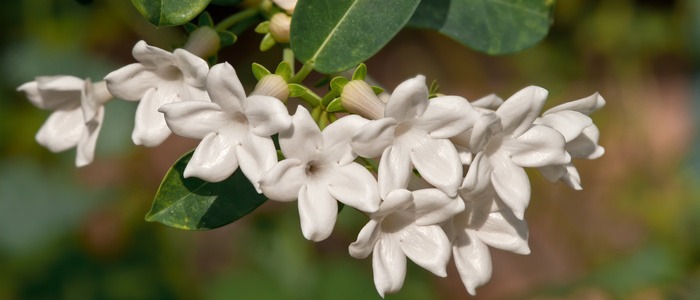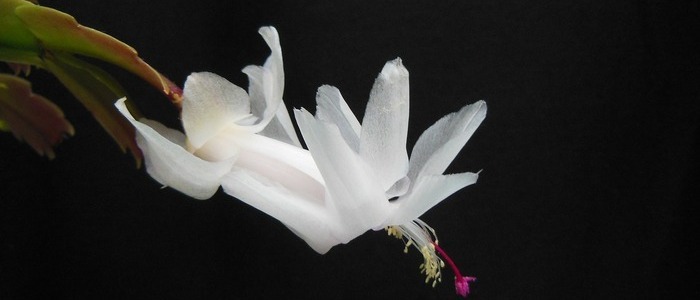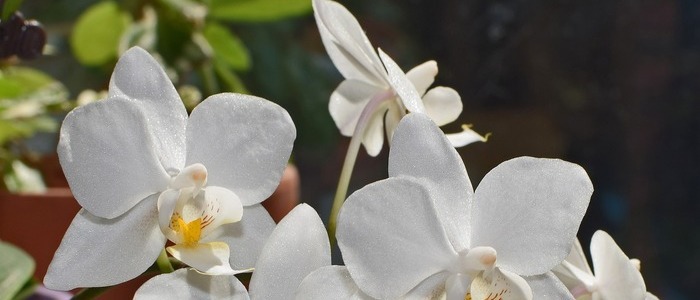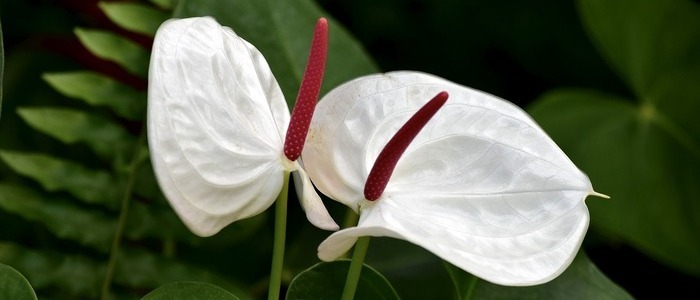Are you looking for the perfect houseplant? The Peace Lily might be just the plant for you! This beautiful flower is a tropical evergreen native to Central and South America, known for its white blooms and dark green foliage. It’s an incredibly easy-to-grow plant that can bring life into any room – not only with its vivid colors, but also with its air-purifying qualities.
Whether you’re a beginner or an experienced gardener, the peace lily is sure to be an easy and enjoyable addition to your home! In this blog post, we’ll discuss how to care for a Peace Lily and some tips on growing it successfully. Let’s get started!
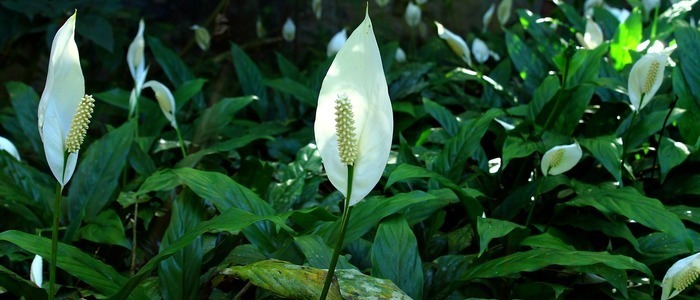
Peace Lily Plant Frequently Asked Questions
How do you repot a peace lily plant?
Repotting a peace lily is a simple process that can be done in just a few steps. First, choose a new pot that is slightly larger than the current one, as peace lilies prefer to be slightly root-bound. Then, gently remove the plant from its current pot and loosen any tangled roots. Add fresh potting soil to the new pot, and place the peace lily in the center, making sure the soil is level with the top of the pot. Finally, water the plant thoroughly and place it in a bright, indirect light location.
What causes drooping in the peace lily plant?
Drooping in a peace lily plant can be caused by a few different factors. The most common cause is overwatering, which can lead to root rot and prevent the plant from absorbing nutrients. Another possible cause is underwatering, which can cause the plant to become dehydrated and wilt. Additionally, peace lilies are sensitive to temperature and humidity changes, so if the plant is placed in a drafty area or exposed to dry air, it may begin to droop.
How to Take Care of a Peace Lily Plant
Do you want to enjoy the elegance and beauty of a Peace lily plant in your home? There are many benefits to incorporating these lush plants into your living space, but proper care is essential for optimal growth. Read on as we explore tips and tricks for growing and caring for your peace lily.
Peace lilies (Spathiphyllum) are a great choice for anyone looking for an easy-to-care-for houseplant. They can tolerate a wide range of temperatures, thrive in low light conditions, and require minimal watering. Plus, peace lilies act as natural air purifiers, removing toxins from the air around them such as formaldehyde and benzene.
When it comes to caring for your peace lily, you’ll want to keep the soil damp but not soaked. Water when the top inch of soil is dry and use room temperature water if possible. If you let your plant sit in standing water, it can cause root rot. During the summer months, you may need to water a bit more frequently.
You should also pay attention to the lighting conditions in your home. Peace lilies prefer bright, indirect light – direct sunlight can scorch their leaves! If you’re unsure of how much light your peace lily is getting, adjust its location every few days until you find a spot that works best for it.
Peace lilies do not require much fertilizer, but you can give them a small amount of balanced fertilizer once or twice a year. Over-fertilizing can damage the roots and leaves of your plant, so be sure to follow the instructions on the package carefully.
Finally, it’s important to pay attention to any signs of distress from your peace lily. Wilting leaves can mean the plant is thirsty, while brown leaves indicate it’s getting too much sunlight or water. Yellowing leaves could be a sign of disease or pest infestations, so if you notice this, take appropriate action as soon as possible.
By following the steps outlined here, you’ll be able to keep your peace lily healthy and happy for years to come!
Peace Lily Plant Propagation
Are you looking for a new houseplant to add to your collection? Consider the peace lily! Peace lilies are beautiful, easy-to-care-for plants that can thrive in a variety of conditions. Plus, they’re perfect for propagating – meaning you can create even more peace lilies from just one plant!
Propagating your peace lily is an easy process that only requires a few materials. You’ll need some potting soil, a small cutting tool (like scissors or pruners), and a shallow container filled with water. Once you have those items ready, it’s time to get started!
First, prepare your cutting tool by wiping it down with rubbing alcohol to prevent the spread of disease. Next, using the cutting tool, take a small 3-4 inch piece off of an existing peace lily stem and remove any leaves from the bottom half of the stem. Then dip the cut end into some rooting hormone – this will help encourage root growth. After the cut end is covered in rooting hormone, place it in your container of water and make sure it’s completely submerged.
Finally, wait for roots to appear! Depending on the size of your cutting, this could take anywhere from a few weeks to a few months. Once you see roots start to form, carefully remove the cutting from the water and plant it in some potting soil. Now your new peace lily is ready to thrive!
.
Peace Lily Plant Pruning
Do you have a peace lily plant in your home or garden? If so, then chances are it could use a little pruning! Pruning a peace lily is an essential part of keeping the plant thriving and healthy.
Peace lilies can grow to be quite large, and over time, can become leggy and unruly. Pruning the plant can help to maintain its shape and health, as well as encourage it to produce more flowers.
The best time to prune a peace lily is during the summer months. Start by cutting off any wilted or dead leaves with sharp scissors or pruning shears. Then remove any stems that are too long or have become leggy. Pruning the plant will help to maintain its shape and encourage it to produce even more flowers.
When you’re done pruning, make sure to water your peace lily thoroughly. This will help give it a good start after being pruned. If you need to, use a liquid fertilizer to feed the peace lily and give it a boost of nutrients.
With regular pruning, you can keep your peace lily looking great and ensure that it stays healthy! So don’t forget to prune your peace lily during the summer months for the best results
Problems Associated with the Peace Lily Plant
When it comes to beautiful houseplants, the peace lily is often considered one of the prettiest. This delicate-looking plant has a unique flower that symbolizes peace and harmony, making it an admired addition to any home or office. Unfortunately, there are some things you should know about these plants before you bring them into your home.
First, the peace lily is a tropical plant and needs to be kept in a warm and humid environment. This means that it won’t do well in cold climates or areas where humidity is low. If you can provide these conditions, then there’s no problem here.
Second, the peace lily is very fragile and sensitive to being moved around. If it’s not handled properly, the leaves and flowers can easily be damaged. This is why it’s important to make sure that you have a plan in place for how to move your if necessary.
Third, the peace lily may suffer from root rot or other fungal diseases caused by overwatering or standing in water. Make sure that the planter you choose has proper drainage, and don’t overwater your peace lily.
Finally, you should be aware that this plant is not pet-friendly. It contains calcium oxalate crystals which can be toxic to cats and dogs if ingested.
While there are a few problems associated with owning a peace lily, you can easily avoid them by taking the proper precautions. As long as you know what to expect and take care of your plant, you’ll be able to enjoy its beauty and harmony for many years to come.
.
Conclusion
If you’re looking for a beautiful and low-maintenance houseplant, the Peace Lily is definitely worth considering. With its lush green foliage and white blooms, it will add some life to any space. Its easy care requirements make it suitable for both novice and experienced gardeners alike.
To keep your Peace Lily looking its best, make sure to provide it with bright, indirect sunlight and water when the soil feels dry. Additionally, keep an eye out for common pests such as scale and spider mites that can cause damage to the foliage. With proper care, your Peace Lily will bring you years of enjoyment!
Other Houseplants With White Flowers
